Apollo 8 moon astronaut, businessman Frank Borman dead at 95
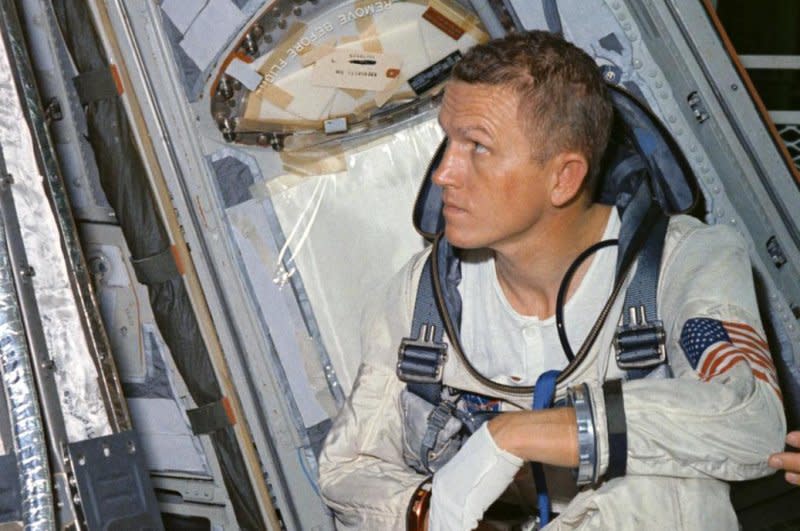
- Oops!Something went wrong.Please try again later.
- Oops!Something went wrong.Please try again later.
- Oops!Something went wrong.Please try again later.
Nov. 10 (UPI) -- Astronaut and businessman Frank Borman, who served as commander of the historic Apollo 8 mission, which marked the first human journey to the moon more than half a century ago, has died, NASA announced. He was 95.
The cause of his death Tuesday in Billings, Mont., was a stroke, family spokesman Jim McCarthy said. Borman was been living in a retirement community He had become the oldest living astronaut in the county after John Glenn died in 2016.
Borman died a one week after the death of NASA astronaut Ken Mattingly, best known for helping bring Apollo 13 home following an explosion aboard the spacecraft..
Borman, who became CEO of the now-defunct Eastern Airlines in 1975 and chairman of the board a year later. He led the airline through four highly profitable years, but deregulation, additional debt and fighting with unions led to Eastern's demise. Borman resigned in 1986.
"Today we remember one of NASA's best," NASA Administrator Bill Nelson said in a statement. "Astronaut Frank Borman was a true American hero."
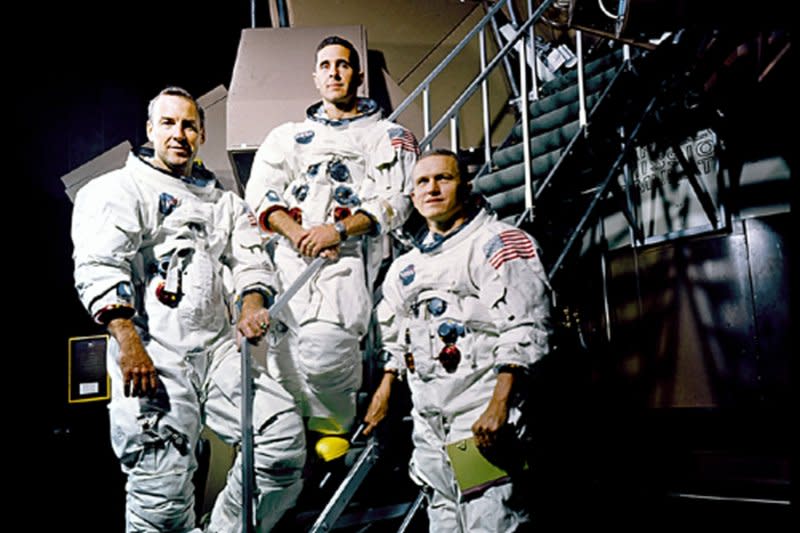
A former fighter pilot, he served as commander of the Gemini mission in 1966, setting a 14-day spaceflight endurance record. He then flew to the moon on Apollo 8 in December 1968. The mission made 10 orbits of the moon and returned to Earth.
Borman retired from NASA and the Air Force in 1970.
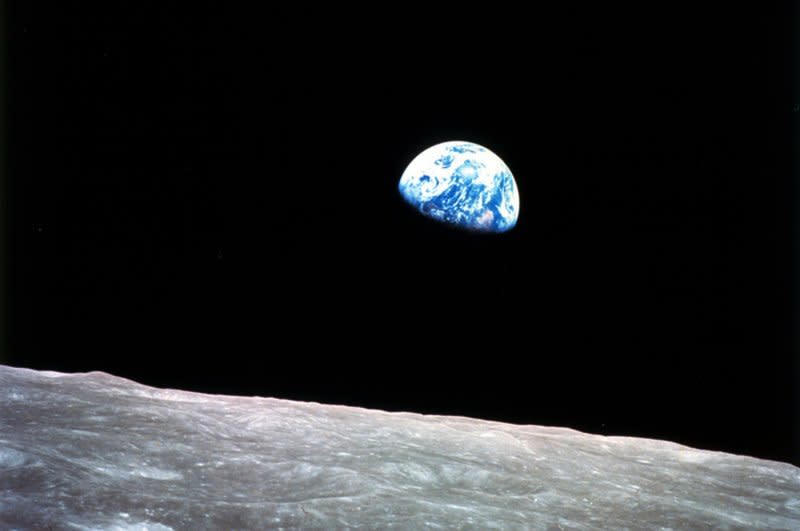
Born in 1928 in Gary, Ind., Borman was an only child, and the son of a car salesman who helped him build a prized collection of model airplanes at home.
Borman showed an early interest in aviation and seemed destined to become a pilot.
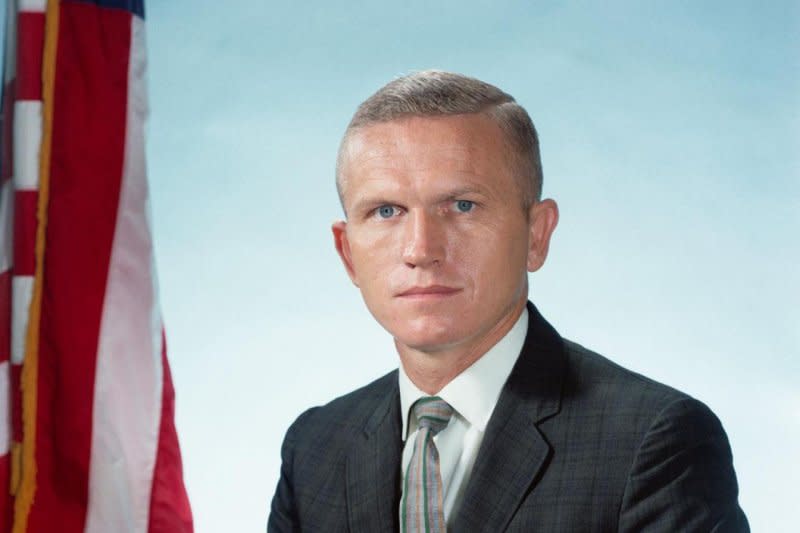
As a boy he liked to watch planes take off and land at Wright Field in Dayton, Ohio, according to his memoir. He got his pilot's license at age 15
Borman enrolled at the military academy at West Point shortly after the end of World War II, and began his career in 1950 as an officer in the U.S. Air Force, where he served as a fighter pilot, operational pilot, test pilot and assistant professor.
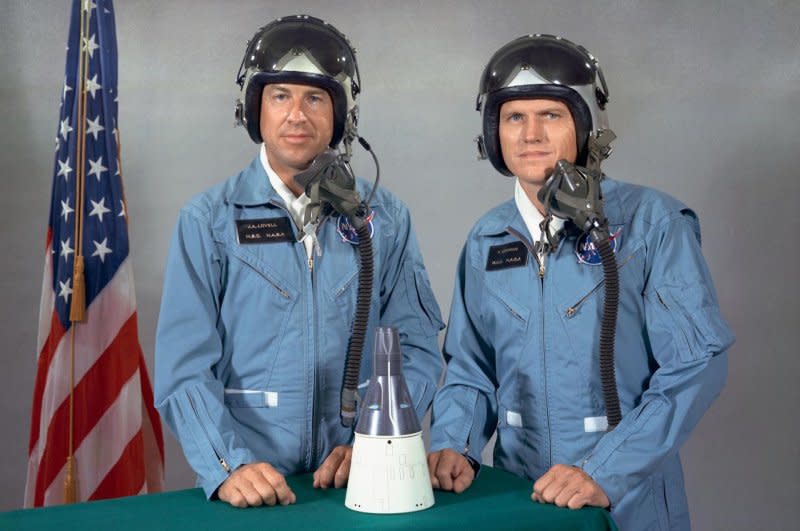
Due to his experience and expertise, he was among the second group of pilots selected by NASA to join the fledgling moon program.
Nearly 55 years ago, on Christmas eve 1968, Borman and fellow astronauts James Lovell and William Anders became the first humans to orbit the moon, and as a result were the first to view Earth from the heavens.
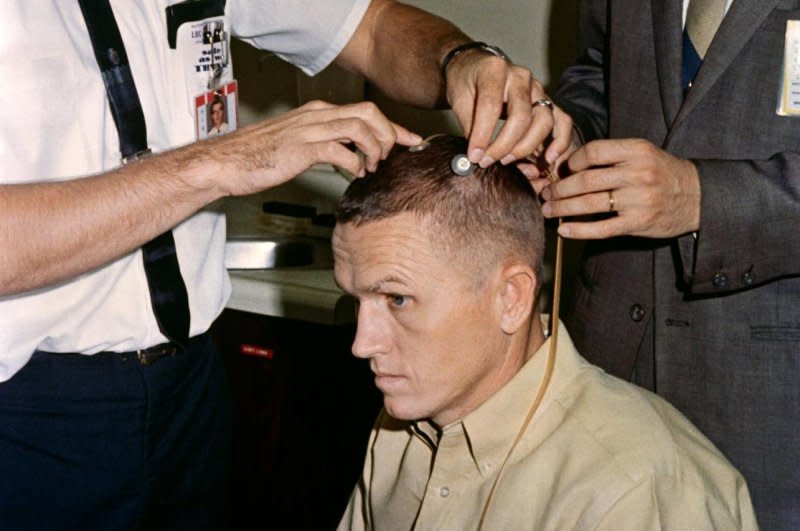
During the mission, Anders' camera captured the dramatic moment when the marbly blue planet rose over the moon's barren horizon, putting Earth's full grandeur on display against the dark backdrop of space.
The crew later revealed that the celestial event, now famously referred to as "Earthrise," was highly unanticipated and that they were not expecting to see the Earth rise over the Moon.
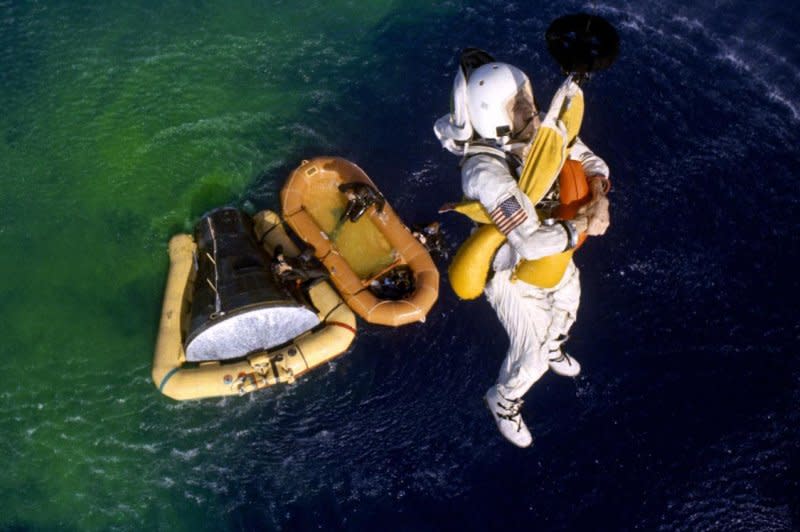
At the time, the Apollo 8 spacecraft ventured farther from Earth than any previous mission, orbiting the lunar surface nearly a dozen times from 60 miles above, scouting out potential landing spots for the landing, which would come less than a year later as the U.S. sought to outrace Russia to the most significant achievement in the history of space exploration.
Borman participated in only two space flights, and was not part of the crew who made the historic moon landing in July 1969.
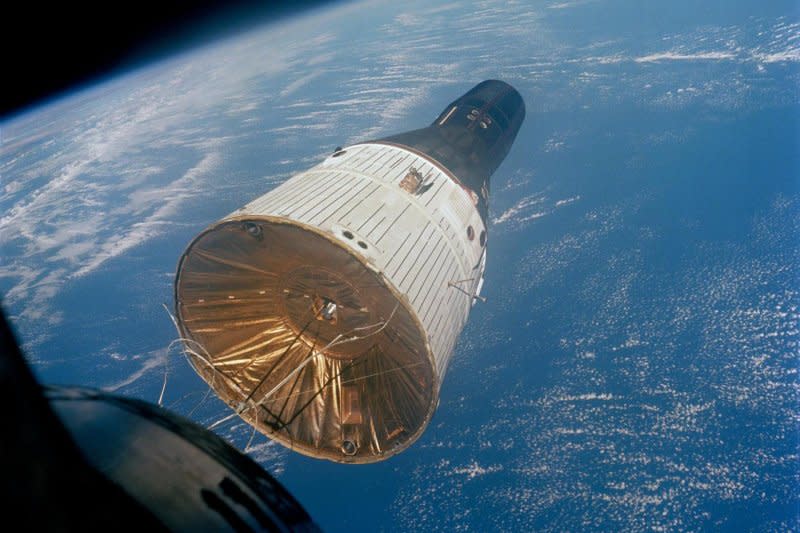
"Frank knew the power exploration held in uniting humanity when he said, 'Exploration is really the essence of the human spirit,'" NASA's Nelson said in the statement. "His service to NASA and our nation will undoubtedly fuel the Artemis Generation to reach new cosmic shores."

